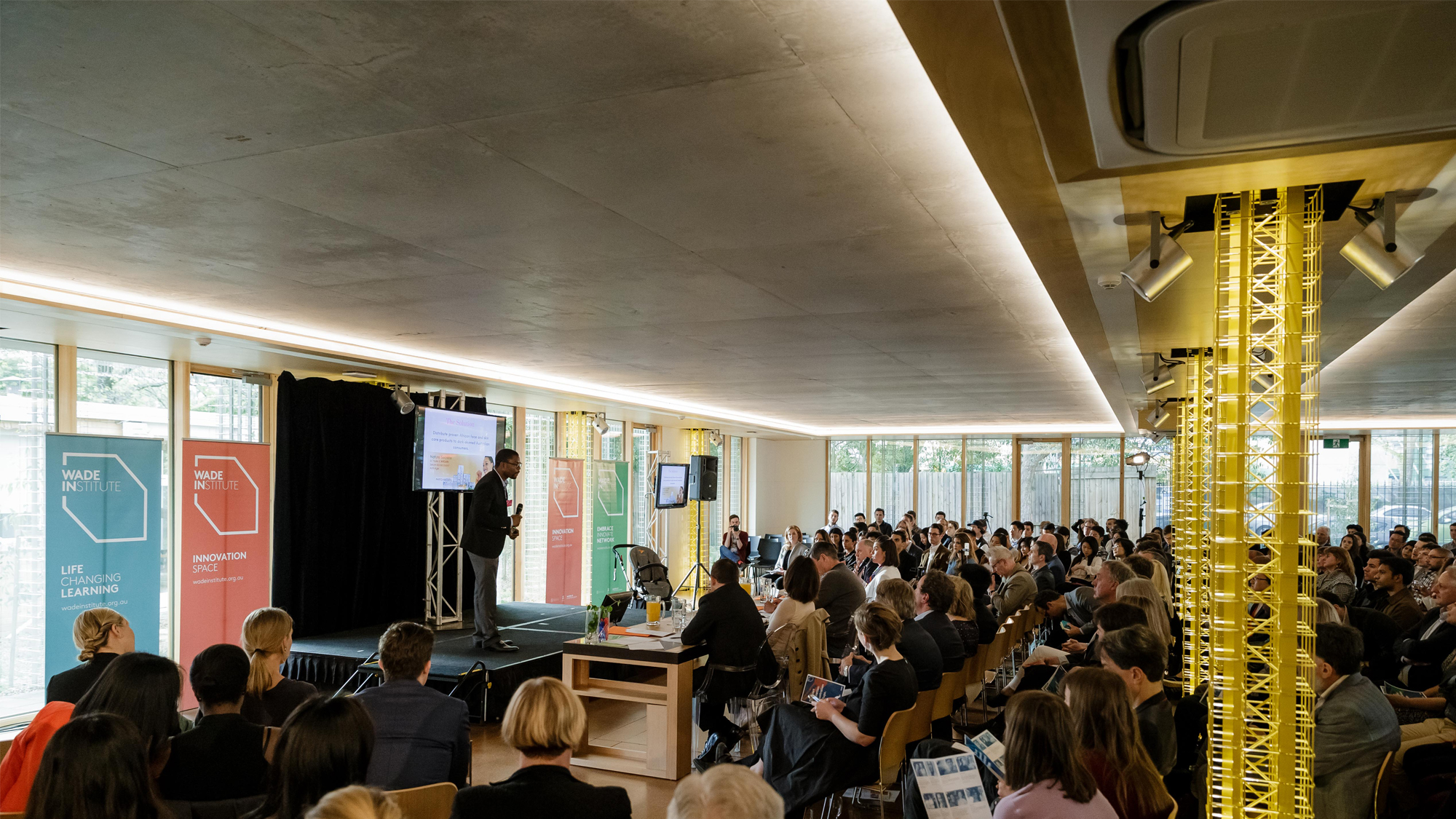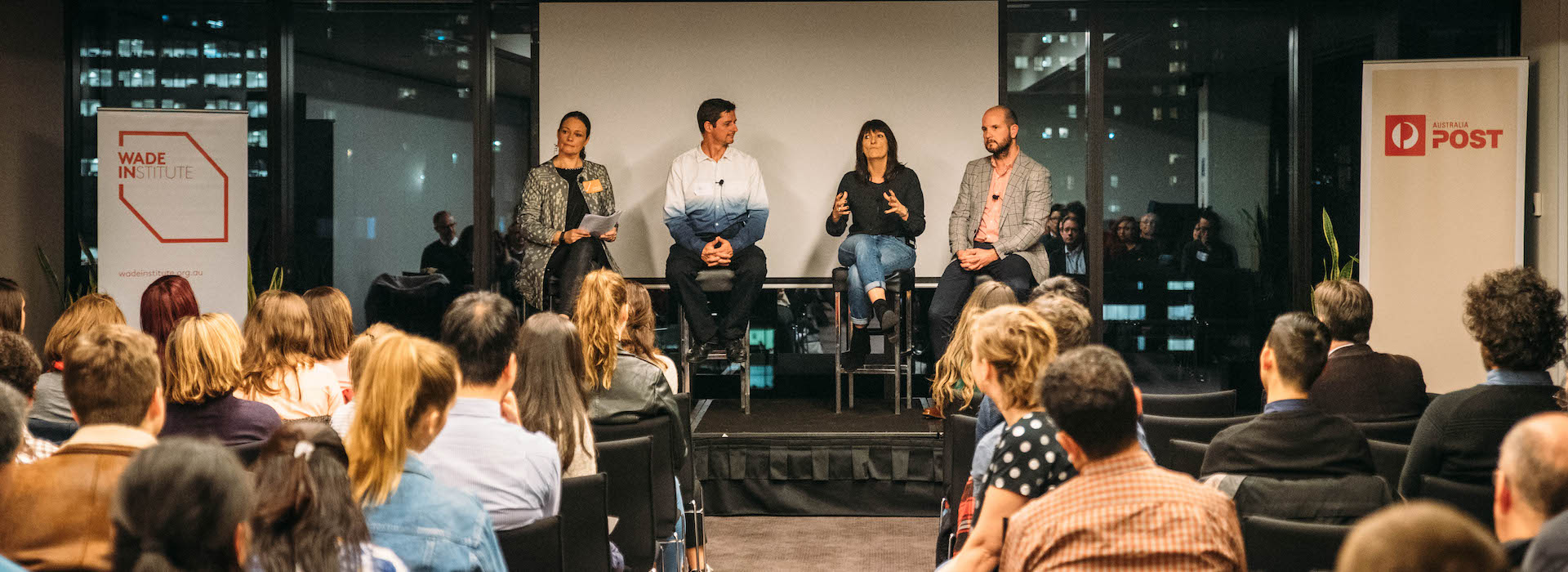Australia has been excited about innovation and entrepreneurship before.
At various times in the 80s, 90s and during the dot.com bubble of the early 2000s, innovation, entrepreneurship and an enthusiasm for start-ups were touted as the solution to creating a more competitive, productive export-oriented economy. Each time this firework flamed out.
We can’t afford another damp squib.
Certainly, there are important policy changes we can make around taxation, funding, directors’ duties, and support for accelerators. But none of this will matter if we don’t kickstart a totally new relationship between universities and industry.
“At the heart of the most powerful innovation hubs around the world like Silicon Valley, Boston, Cambridge and Israel are great universities.”
Australia ranks 29th out of 30 in the OECD for the proportion of business, large and small, collaborating with higher education institutions. We have to transform this relationship very rapidly. Doing so will change the face of universities so that culturally they are almost unrecognisable to today’s universities.
In terms of long-term impact on our economy, it is arguably the nation’s most important piece of micro-economic reform.
Other countries have recognised this and put major policy effort into the transformation of knowledge into economic and social value.
Probably the most serious, sustained and successful effort has been in the United Kingdom. Over more than a decade their “Third Stream” (teaching and research being the other streams) initiatives and funding have seen a substantial growth in knowledge exchange and a change in academic culture. This has happened without compromising the other missions of higher education providers.
That experience suggests the change is possible – although we need to go further and faster. Here, change can be driven at the grass roots and institutional levels.
Grass roots change
Grass roots change will occur when more entrepreneurial talent connects with more scientific and technical ideas.
Some of this will happen naturally as the number of people interested in entrepreneurship grows. It can be accelerated if universities focus on creating entrepreneurial talent through the courses and programs they run, especially amongst those engaged in science, medicine, engineering, IT and mathematics.
The next step to stimulate grass roots change is to improve market matching of talent and ideas: courses that teach entrepreneurship should actively network entrepreneurship students with researchers; similarly, university accelerator programs should encourage interdisciplinary teams to build business.
Institutional change
The second complementary force for change is a top-down change in mission. At its core, this change needs to be led by universities and publicly-funded research bodies reshaping the emphasis of their mission. Government can engage and support this reshaping.
Changing university incentive structures: Universities need to be supported in creating stronger internal incentives for academics to focus on industry engagement.
At a minimum, all evaluation systems need to place a greater emphasis on translation. While the British model was arguably too bureaucratic to do this, measuring and rewarding industry engagement has contributed to a distinct shift in culture in British universities.
Building capability: It is a real skill to design and manage research that will have industry impact. Our capability to translate ideas into commercial outcomes needs to be transformed. As in Britain, direct funding to build this capability is essential. There is well-demonstrated payback for this sort of investment. The Commonwealth and State governments could make competitive funding available to institutions with clear plans on how they will build this capability.
Create intellectual property rules designed to drive engagement: Even with better translational capability, universities are not natural exploiters of much of the intellectual property they generate. We need a new approach that makes intellectual property not actively being exploited by the university available without cost to industry, so long as they create value from it.
Reforming funding: Translational work needs more funding and it needs to be better directed. There are a number of steps that can be taken.
First, the Australian Research Council Linkage Grants need to be streamlined. Currently, the gap between applying for and receiving funding can be 12-18 months, which makes them only really suitable for large organisations.
Also, the amount of paperwork required involves resourcing on a more institutional scale. At a minimum, smaller fast track Linkage Grants are needed. Once reformed, increased funding of these sorts of grants would make a real difference to both the amount of translational work and to university culture and capability.
Secondly, we should expand research voucher and grant schemes. The Victorian Government’s Technology and Innovation Voucher scheme is better designed for small and medium enterprises.
“The levels and range of research this is available for should be expanded and it should be a model for other jurisdictions.”
Thirdly, reform Corporate Research Centres (CRCs). The Miles Review offers a very clear way forward to increase the effectiveness of CRCs and those recommendations should be actively pursued.
Start Up Australia have observed that if the combined revenue of companies created by MIT and Stanford alumni (who together have founded 65,700 new ventures) were a single country, it would have the fifth largest GDP in the world. That is not about numbers but talent, capability and culture. Combined, these universities are half the size of a major Australian university.
We have the talent now that we need to create the capability and culture to power the future of the Australian economy.
By Associate Professor Rufus Black, Wade Institute for Entrepreneurship, Ormond College, University of Melbourne. This article was originally published by Pursuit, The University of Melbourne





